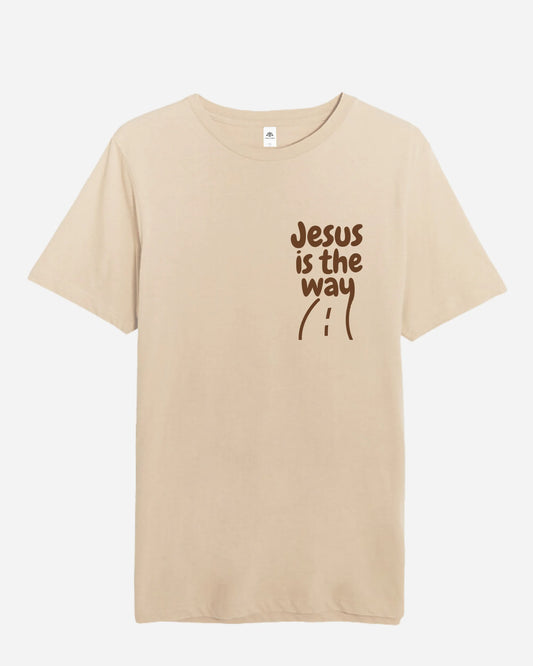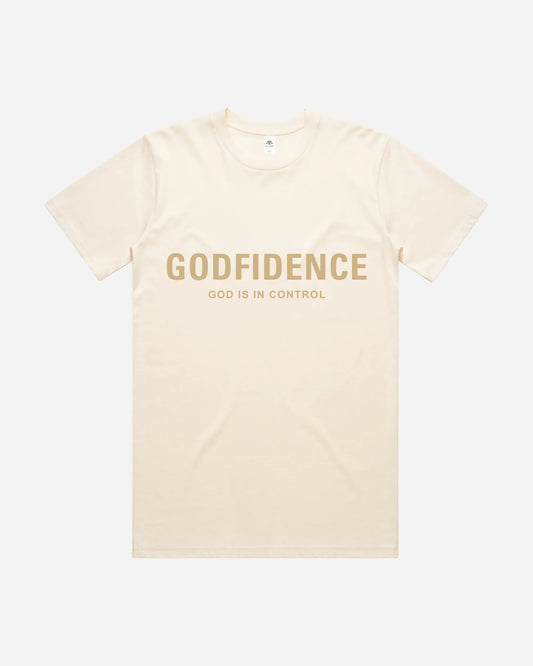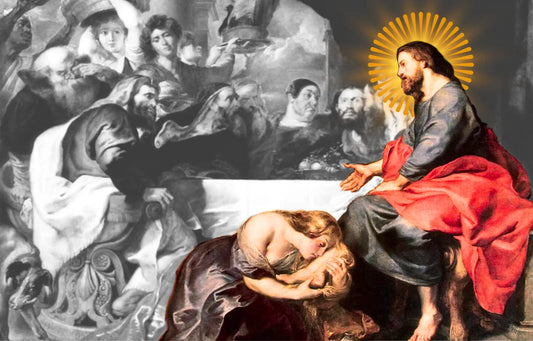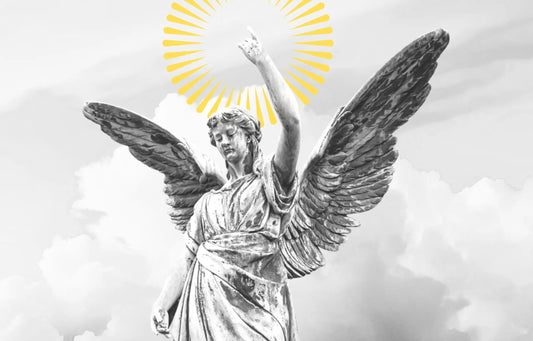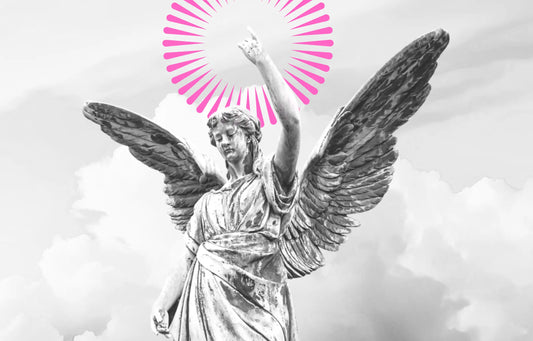Green in the Bible symbolizes life, growth, renewal, and hope. It’s linked to flourishing pastures (Psalm 23:2), fruitful trees (Jeremiah 17:8), and spiritual vitality. Biblically, green often represents God’s provision and blessing. The Hebrew word raanan (green) appears over 20 times, usually in the context of abundance. Keep reading to explore the deeper theological and symbolic layers of this biblical color.
Hebrew and Greek Terms for Green
In the Old Testament, the Hebrew word raanan (רַעֲנָן) means "lush," "fresh," or "flourishing." It appears over 20 times, often describing vibrant trees, fruitful land, or spiritually thriving people (e.g., Psalm 92:14, Jeremiah 17:8). This word is closely tied to covenant blessings—visible signs that the land and people are aligned with God's will.
In the New Testament, the Greek word chloros (χλωρός) appears four times, including in Mark 6:39 and Revelation 6:8. While chloros in Mark describes healthy green grass where Jesus feeds the 5,000, in Revelation it denotes the sickly pallor of death—the "pale horse." This shows that green can represent both flourishing life and perverse distortion when God's order is reversed.
Agriculture and the Ancient Near East
Ancient Israel was deeply connected to seasonal cycles and agricultural rhythms. Green fields were not just scenic—they were theological. In Deuteronomy 11:14–15, rain and green pastures are directly promised as rewards for obedience. This connection between obedience and visible fertility would have been understood as a sign of Yahweh’s active blessing.
Conversely, when greenery disappears—as in Amos 4:7, where rain is withheld—it's a national alarm bell, signaling broken covenant and the urgent need for repentance.
Green as a Symbol of Life and Flourishing
Psalm 23:2 – Green Pastures and Divine Provision
“He makes me lie down in green pastures.” In ancient Palestine, green pastures weren't a year-round reality. They appeared briefly after rains. This verse captures more than comfort—it reflects a divine intervention. God doesn’t just lead us to rest, He creates unlikely abundance. The green pastures are an image of miraculous peace and sustenance in a dry, chaotic world.
Jeremiah 17:8 – Spiritual Rootedness
“He will be like a tree planted by the water…its leaves are always green.” This prophetic word parallels Psalm 1, emphasizing that spiritual rootedness in God yields unceasing vitality—even in drought. In an arid land, green leaves were evidence of hidden waters. Jeremiah’s tree is not just surviving—it’s thriving. This image became central in Jewish and Christian spiritual theology as a symbol of perseverance under pressure.
Hosea 14:8 – God as the Evergreen Source
“I am like a green cypress tree; your fruit comes from me.” Spoken by Yahweh to a repentant Israel, this declaration reestablishes divine intimacy. The evergreen cypress—common in the Levant—was known for its durability and longevity. The point: Israel’s flourishing is impossible apart from divine rootedness. Hosea’s closing oracle is not just poetic—it’s covenantal restoration in horticultural terms.
Green in Covenant and Creation Theology
Eden and the Wholeness of Creation
In Genesis 2, Eden is teeming with rivers, trees, and life. It’s a world bursting with raanan energy. Green, here, is not merely vegetation—it’s visual theology. It reflects God's original intent for wholeness (shalom), beauty, and harmonious provision.
Later prophets pick up Edenic imagery when envisioning restoration. Isaiah 35:1–2 declares that “the wilderness will rejoice and blossom.” This prophetic green points to the messianic age, when exile ends and creation itself is renewed.
Prophetic Imagery of Renewal
In Ezekiel 36:35, God promises, “This land that was desolate has become like the garden of Eden.” Ezekiel, writing in 6th century BCE Babylonian exile, uses Eden’s lushness as a prophetic sign of return and hope. The land turning green again signals the reversal of divine judgment and the reinstatement of divine presence.
Green and Divine Provision
Torah: Rain, Grass, and Faithfulness
In Leviticus 26:4–5, God pledges, “The land will yield its produce, and the trees…will bear fruit.” Green growth is not random—it’s covenantal. Rain is theology falling from the sky. In an agrarian society, the color green functioned like a divine status update. Faithfulness produced visible fruit; rebellion led to drought, famine, and yellowing fields.
The Talmud (Ta’anit 7a) reflects this worldview, teaching that rain is the sign of divine favor and mercy. Israel’s relationship with water—and by extension, green vegetation—was spiritual at its core.
Wilderness Wanderings: The Absence of Green
Numbers 11:5–6 paints a stark picture: “There is nothing at all but this manna.” No leeks, onions, or cucumbers—no green. Their complaint is physical, but its roots are spiritual. The wilderness lacks green not because God forgot, but because it was a space of testing and dependence. Green is withheld until obedience blooms.
Green and Judgment in Revelation
The Pale Horse – Revelation 6:8
“And I looked, and behold, a pale horse: and his name that sat on him was Death.” The Greek chloros here refers to a sickly, greenish hue—a color associated with decomposition. John, writing in late 1st century CE during Roman persecution, uses this distorted green to symbolize anti-life, judgment, and divine retribution.
This inversion is not arbitrary. It warns: even life’s most beautiful symbols, when severed from the Source, become grotesque parodies.
Dual Meaning: Blessing or Decay
Green is never neutral in Scripture. In its godly form, it reflects thriving life. In rebellion, it withers or curdles. Just as Job 15:32 speaks of a green branch broken off prematurely, Revelation uses green to speak of spiritual rot. The message? Life without God may still appear green—but it’s hollow at the core.
Green in Christian Tradition and Liturgy
Ordinary Time and Spiritual Growth
In the Western Church calendar, green is the color of Ordinary Time—nearly 33 out of 52 weeks annually. Far from "boring," this season represents the quiet miracle of ongoing transformation. Just as leaves grow imperceptibly, the Christian life matures slowly through prayer, sacraments, and service.
The Roman Missal and Anglican Book of Common Prayer both assign green to these seasons, reinforcing the visual metaphor of steady, Spirit-led growth.
Patristic Symbolism – Veriditas
Hildegard of Bingen (1098–1179), a German Benedictine abbess, coined the term veriditas—the “greening power” of God. She described the soul as a tree, drawing nourishment from divine light. In her theological cosmology, green was not aesthetic—it was sacramental.
Saint Augustine also noted that green symbolized hope and incorruptibility. In City of God, he compared eternal life to an evergreen tree that never withers.
Theological Themes Behind the Color Green
Hope and Resurrection
Green reappears every spring—and Scripture leans into this natural resurrection motif. In 1 Corinthians 15:20, Paul calls Christ the "firstfruits" of those raised from the dead. The image is agricultural. Jesus is the first green shoot of God’s new creation. Our future resurrection is not abstract—it’s as tangible as blooming leaves after winter.
This theme reemerges in Romans 8:19–22, where Paul says creation itself “waits eagerly” for redemption. Green, then, becomes an eschatological signpost.
Creation Care and Ecological Theology
Green also has ethical implications. The biblical call to stewardship begins in Genesis 2:15, where Adam is told to “work and keep” the garden. This is not dominion-as-exploitation, but priestly guardianship.
Modern theologians like Pope Francis (in Laudato Si’, 2015) connect this to Christian environmentalism, calling green a moral obligation. Scripture does not separate the soul from the soil. To keep creation green is to keep covenant with its Creator.
Green in Biblical Dreams and Visions
Prophetic Symbolism in Zechariah
In Zechariah 1:8, the prophet sees a man riding a red horse standing among myrtle trees in a ravine, with red, sorrel, and white horses behind him. While green isn't named explicitly, scholars like Ralph L. Smith note that the myrtle—an evergreen shrub—symbolizes life, restoration, and divine favor. The vision, received in 519 BCE, reflects Israel’s hope for regrowth after exile, with green elements forming part of this rebirth metaphor.
In Zechariah 6:1–8, four chariots appear, each drawn by different colored horses. While not all colors are defined as green, the passage evokes the apocalyptic tone later echoed in Revelation. The themes of restoration, judgment, and global movement hint at green’s latent symbolism as divine activity returning to a desolate world.
Apocalyptic Imagery in Daniel and Revelation
Though Daniel’s visions (6th century BCE) don’t specifically name green, his imagery of trees and living creatures (Daniel 4) aligns with green themes of flourishing or withering under divine judgment. Nebuchadnezzar’s dream of the great tree, which is cut down, signals the removal of pride and dominion—a literal deforestation of the soul.
In Revelation 9:4, demonic locusts are told not to harm “the grass of the earth or any green plant or any tree,” highlighting green as the last untouched refuge in a world under judgment. John’s visions use green selectively, but meaningfully—as a remaining sign of divine mercy amid cosmic upheaval.
Dreams and Spiritual Insight
In biblical culture, dreams and visions were not subjective projections—they were revelations. When green appears or is implied in such dreams, it tends to represent restoration, healing, or divine initiative. Green in visions is often the divine whisper that hope still breathes, even in exile, even in judgment.
Quick Biblical References to the Color Green
Creation & Provision
- Genesis 1:30 – God gives “every green herb” as food to animals, showing His provision through lush vegetation.
- Genesis 9:3 – After the flood, God reaffirms: “even as the green herb have I given you all things,” signifying restored abundance.
Symbol of Fragility or Mortality
- 2 Kings 19:26 / Isaiah 37:27 – Enemies of God are compared to “the green herb,” grass on rooftops, and plants scorched before growth — imagery for weakness and fleeting strength.
- Psalm 37:2 – “They shall soon be cut down like the grass, and wither as the green herb” – again, green symbolizing impermanence.
Peace, Blessing, & God's Provision
- Psalm 23:2 – “He makes me lie down in green pastures” — an iconic verse portraying rest, peace, and divine care.
- Proverbs 11:28 – “The righteous shall flourish like a green leaf” — symbolizing spiritual vitality and righteous prosperity.
- Jeremiah 17:8 – “...and his leaf shall be green” — the person who trusts in God is like a tree by water, flourishing even in drought.
- Jeremiah 11:16 – “The Lord called you a green olive tree, beautiful with good fruit” — describing Israel’s favored, fruitful state under God.
New Testament References
- Mark 6:39 – Jesus has the crowd sit “on the green grass” before the miracle of the loaves. Scholars often link this back to Psalm 23’s “green pastures.”
- Revelation 9:4 – In a vision, demonic locusts are told not to hurt “any green thing” or tree — green represents life and innocence amidst destruction.
Applying the Symbolism of Green to Christian Life
Just as plants need sunlight and water, the Christian life thrives when rooted in God’s Word and nurtured by prayer and community (Psalm 1:3). Embracing green's symbolism invites believers to cultivate spiritual maturity, remain resilient in dry seasons, and trust in God's power to restore and renew. It's a call to stay fresh and fruitful, even when life feels like a drought (Jeremiah 17:7–8). So go green—in soul and spirit.


